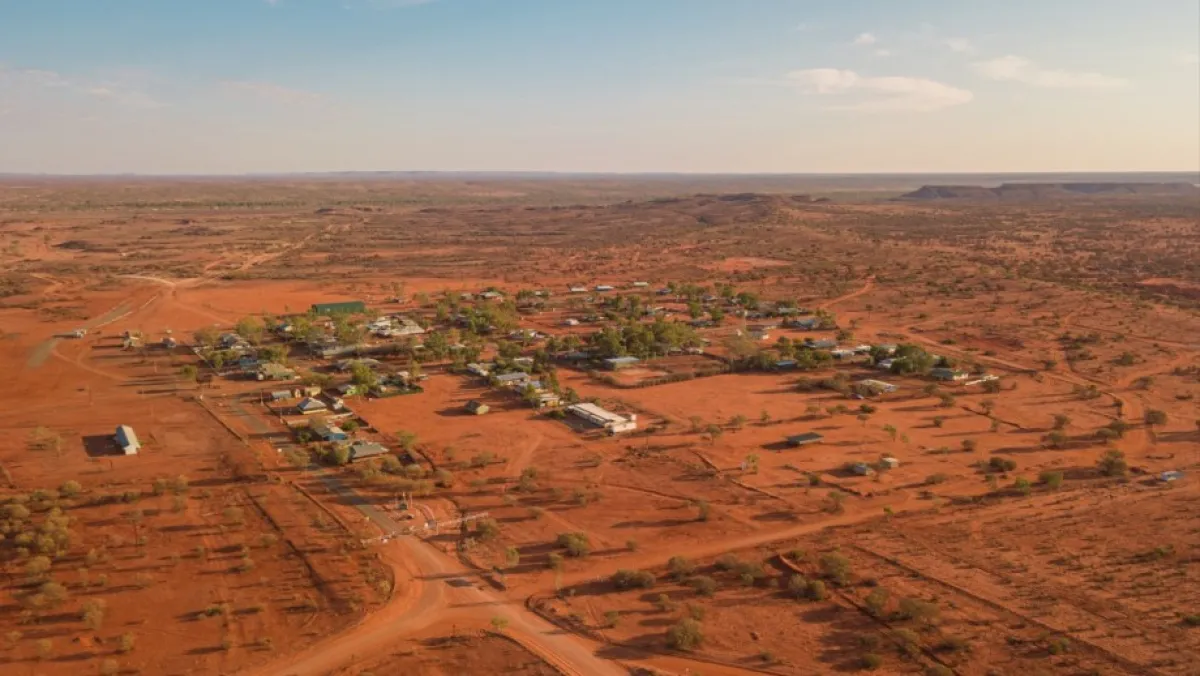Why bringing back the arvo nap could help us adapt to extreme heat

Too much air conditioning may be harming our health, according to a new study led by researchers at The Australian National University (ANU).
The study found that despite spending substantially more time in air-conditioned spaces over the past 40 years, people in Australia’s Northern Territory (NT) have paradoxically become more vulnerable to heat-related deaths.
However, Aboriginal communities in the NT are no more vulnerable to heat despite high burdens of chronic illness, extreme socioeconomic and housing inequity and far less access to air-conditioned spaces. The reason for this apparent discrepancy appears to be cultural, according to the authors.
Cultural heat avoidant practices as simple as staying out of the hot afternoon sun or the siesta, which have been used in hot climates around the globe for many centuries, may provide powerful protection against heat extremes caused by climate change.
Even though the siesta has all but disappeared from places like Spain, the recent extreme weather in Europe might be prompting a comeback. According to the authors, hot climate communities need to start considering socio-cultural means of adapting to hotter weather.
“It’s generally accepted that technological innovations such as air-conditioning are critical in preparing for hotter climates,” Dr Simon Quilty, lead author and PhD candidate at ANU National Centre for Epidemiology and Population Health, said.
“But our research shows that the social and cultural practices developed by First Nations people over generations, such as reducing physical exertion in hotter parts of the day, are powerful mechanisms for protecting human health.
“An afternoon nap can help your body acclimatise, protects you from the hottest part of the day, costs nothing and has no carbon footprint.
“This is a story of how Aboriginal culture and knowledge of environment has enabled extraordinary resilience to extreme weather.”
The authors argue that these findings are important for housing policy and design in very hot regions of the world. Norman Frank Jupurrurla, Warumungu Elder and co-author, argued that there is an urgent need for better housing.
“Today we still live like we used to live in humpies, our houses are poor and overcrowded…these houses have been built for England or cold country. We need houses to be built for this hot climate here in Tennant Creek today,” he said.
“While cool, air-conditioned spaces offer essential refuge during extreme high temperatures, it is possible that extended periods in air-conditioned spaces may prevent people from adapting to the prevailing climate,” Associate Professor Aparna Lal, study co-author from ANU, said.
“Instead, housing in hot climates should be designed to ensure passive cooling, where people live comfortably within the predominant climate and at the same time require minimal energy for cooling.”
There are many such Australian Indigenous socio-cultural concepts that have allowed communities to thrive in hot weather for many thousands of years, and the researchers argue that policymakers need to start recognising the importance of culture and listening to First Nations knowledge.
For Mr Jupurrurla, it starts with gwarda.
“Gwarda means thinking, listening, hearing, seeing, concentrating, feeling what is happening around you,” he said.
“In the old days, in the wintertime, people would walk out in the desert, collecting seeds and bush potato when it was cool. In summertime they would live in the river and creek country. In the very hot weather they’d be around the spring country where they could get water.
“They wouldn’t go into the desert when it was very hot, too dangerous. Gwarda tells us these kind of things, and much more.”
“As extreme hot temperatures become more common, the most important tool we have to adapt to climate change may be cultural change,” Dr Quilty said.
“It’s time to learn from First Nations people and other societies from the past that used culture as a tool to thrive in hot climates.
“Perhaps we should all be having an arvo nap when it’s hot rather than turning up the AC.”
The research has been published in Lancet Planetary Health.
This article was first published by ANU Reporter.
